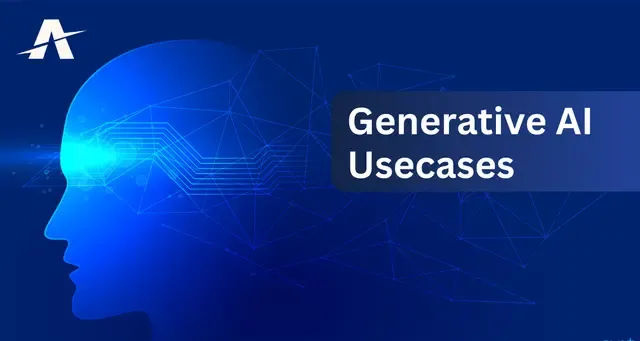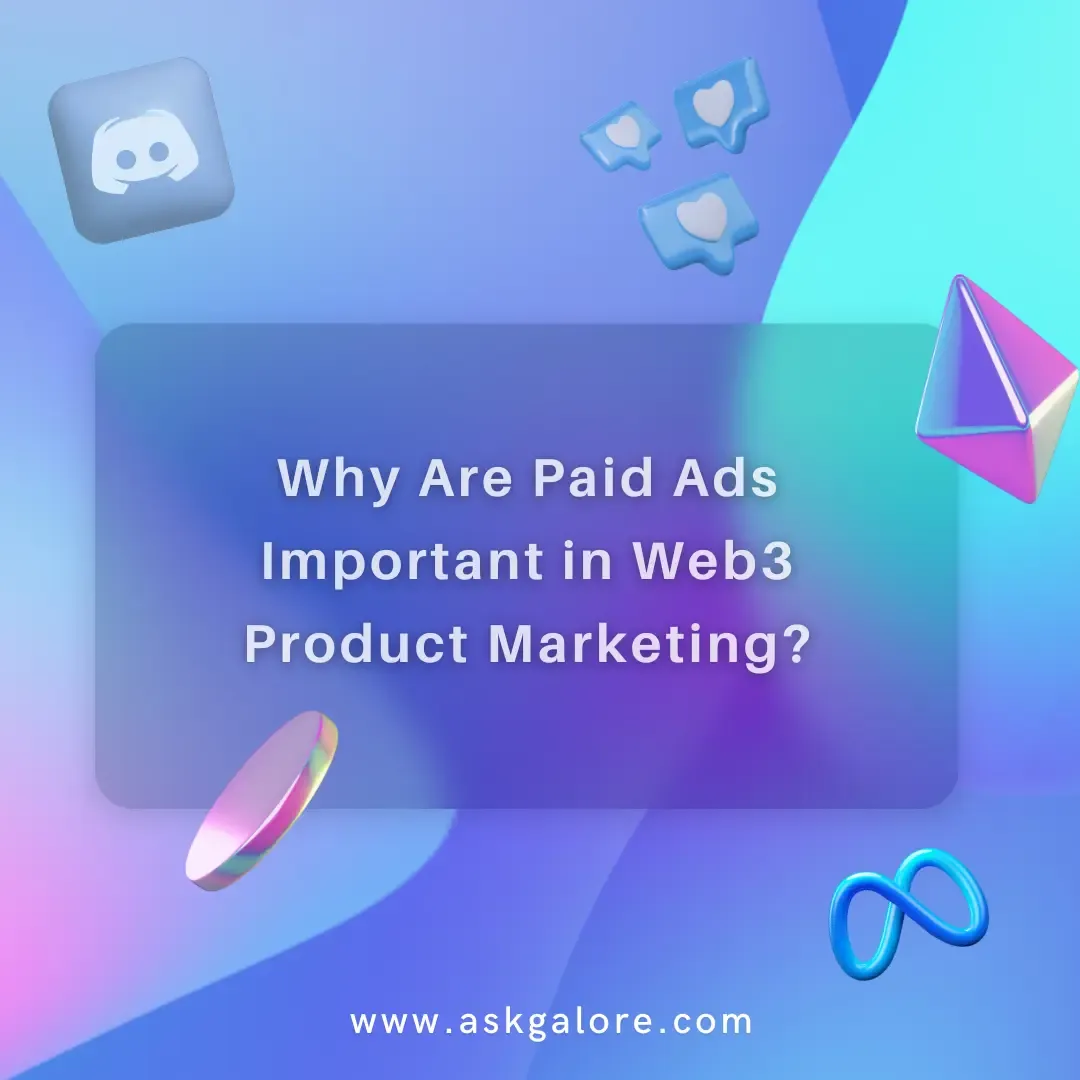
In the evolving landscape of Web3, a paradigm shift is underway, where decentralized technologies and cryptocurrencies are changing our digital interactions. In this dynamic environment, paid advertising has emerged as a critical element driving growth and sustainability. As blockchain, smart contracts, and decentralized applications (dApps) become the new norm, paid advertising models are rapidly increasing. Paid ads in Web3 hold immense significance, empowering businesses to efficiently reach their target audiences while fostering community engagement and incentivizing active participation within decentralized networks. Let’s understand the compelling reasons why paid ads play a lead role in the Web3 ecosystem, exploring their unique advantages, challenges, and potential impact on the future of paid advertising in Web3.
Understanding Web3 Paid Ads
To grasp the importance of paid ads in Web3, it’s crucial to understand their fundamentals. Paid ads act as channels to reach a target audience across different platforms. Brands leverage methods like Pay Per Click (PPC) advertising campaigns to pay only when users click on their ads. This cost-effective approach enables businesses to control their budgets and precisely target keywords relevant to their offerings.
Display banner advertising is another popular form of paid ads, helping businesses expand their reach and enhance brand awareness. In Web3, PPC and display banner campaigns can open new doors for collaborations. Web3 companies, for instance, collaborate with permission-based web3 PPC platforms to communicate ads to NFT owners, fostering targeted and meaningful interactions.
Who Needs Web3 Ads?
With our understanding of Web3 and Paid Marketing, the question arises, who need Web3 Ads? Are these the companies establishing themselves in the Web3 world, are these the Web 3 brands who wants to capture the attention of the target audience? Well, the answer to all your queries is here.
Web3-based businesses
Businesses that operate within the Web3 space, such as decentralized finance (DeFi) platforms, blockchain gaming companies, or NFT marketplaces, can benefit from Web3 ads to attract users, increase adoption, and generate revenue.
Traditional businesses entering the Web3 space
Traditional businesses that are expanding their operations into the Web3 can leverage paid ads to establish their presence, engage with the Web3 audience, and promote their products or services.
Why Should You Learn about Web3 Paid Ads?
It would be quiet obvious to understand Paid Advertising if you are entering to promote your web3 business. Here are some of the reasons why you should learn about Web3 Paid Ads if you into Web3 business.
- Understanding how Web3’s decentralized paradigm affects advertising
- Importance of respecting user data privacy in Web3 advertising
- Using precise targeting and transparent methods for Web3 paid ads
- Promoting Web3 adoption and gaining visibility for projects
- Boosting Web3 projects and attracting more attention in the market
- Cost-effective and flexible approaches with pay-per-click (PPC) and display banner ads
- Exploring collaboration opportunities with other Web3 companies and platforms
- Staying ahead of competitors in the evolving Web3 landscape
- Engaging the audience effectively at different marketing stages
- Measuring ad performance and optimizing Web3 paid campaigns.
When to Use Web3 Ads?
If you are into Web3 business, it would be important to understand when to jump into Paid Ads. No worries, we have got you covered.
1. Launching a new Web3 product or service
If you’re introducing a new Web3-based product or service, paid ads can help create awareness and generate initial traction. By targeting the right audience, you can attract your target base and drive the adoption of your offering.
2. Increasing user engagement
Web3 ads can be used to encourage user engagement within decentralized platforms. For example, you can run ad campaigns to promote specific features, reward programs, or community events, thereby fostering increased participation and loyalty.
In an all, Paid ads not only helps you gain traction in awareness phase but also help you reach your conversion phase in the Sales funnel, because no matter how much you deny, the end goal of getting started is having a greater ROI which will definitely come with the conversions.
The Necessity of Paid Ads in Web3
Despite Web3 being in its early stages, paid ads play a crucial role in driving attention and incentivizing developers and projects within the space. Creating and developing Web3 projects demands considerable effort and resources, making a coherent marketing plan essential. Paid ads provide the means to spread the word about new web3 projects, attracting users and encouraging growth.
With the functionalities of paid ads, web3 creators can precisely determine the target audience of their projects using filters such as nationality, objectives, age, and gender. This level of control and customization is invaluable for driving engagement and adoption in the evolving landscape of Web3.
Best Practices for Successful Paid Ads in Web 3.0
When considering paid advertising in Web3, it is important to approach it with the right mindset. Paid ads are not a quick fix to make your Web3 project an overnight success. Instead, they work best when complemented by a strong Web3 community and a deep understanding of your project’s goals. To achieve successful paid ad campaigns in Web3, here are some essential pointers to keep in mind.
1. Create High-Quality Visuals: Develop visually appealing content and graphics that captivate your audience’s attention and communicate your Web3 project’s value proposition effectively.
2. Keep It Simple: Use straightforward language to explain your Web3 project and its offerings, making it easy for users to understand and engage with your ads.
3. Target Wisely: Focus on relevant niches or consider targeting a broader audience, but avoid the middle ground that might lead to ineffective ad performance.
4. Tell a Story: Extend the narrative of your Web3 project through storytelling, connecting with your audience on a deeper level and establishing an emotional connection.
5. Track and Optimize: Continuously monitor the effectiveness of your ad campaigns and make data-driven optimizations to improve their performance.
6. Respect User Data: Adhere to the rules of Web3 concerning user data collection and usage, ensuring compliance and fostering trust with your audience.
By implementing these best practices, you can maximize the impact of your paid ad campaigns in the Web3 landscape and achieve greater success in promoting your project.
Advantages of Paid Web3 Ads
Paid ads in web3 offer various benefits for web3 brands, creators, users, and ad publishers. They introduce advantages that serve as important highlights in discussions about using paid ads for web3 projects.
1. Broader Reach: Paid ads provide a wider reach among target audiences compared to organic advertising methods, increasing the exposure of your web3 project.
2. Targeted Advertising: With paid ads, you can create highly targeted campaigns in web3, catering to specific audiences who are more likely to take an interest in your project.
3. Data Collection Benefits: Paid ads in web3 address the setbacks of web2 paid ads by ensuring user consent for data sharing. This allows web3 brands to understand their customers better and improve campaign performance.
4. Increased Visibility: Paid ads play a vital role in increasing the visibility of your web3 brand among other popular projects, leading to more inquiries, conversions, and sales.
Challenges for Paid Ads in Web3
Web3 paid ads are often seen skeptically as remnants of the Web2 era. Web3 creators are eager to break away from traditional advertising methods, seeking more innovative approaches. Paid ads hold great potential in navigating the distinctive landscape of Web3. Let’s know the challenges faced by paid ads in Web3 and see how they can overcome scrutiny.
- Perceived as a Memoir of Web2: Many web3 creators and companies see paid ads as reminiscent of web2 practices, which they aim to challenge with their innovative solutions.
- Low-Level Ad Spending Model: Commonly, web3 projects rely on low-level ad spending, leading to minimal results and impact.
- Relying on Speculations and Influencers:Some web3 projects depend on speculations and influencers within the community, rather than utilizing paid ads.
- Misconception of Desperation: Paid ads are sometimes seen as a sign of desperation, but they can provide transparency and accurate ROI for web3 projects.
- Doubts About Long-Term Effectiveness:Some believe paid ads won’t work in the long term, but targeted ads can help build a stable and engaged community for web3 projects.
- Concerns about Negative Impressions: Pushing ads aggressively can lead to negative reactions, but focusing on honest and relevant marketing can mitigate these concerns and maintain brand integrity.
How to Measure Success in Web 3 Paid Advertising
Paid ads in Web3 have proven to be an effective approach for reaching target audiences and promoting products and services. Collaborating with web3 advertisers enables Web3 companies to precisely target their ideal audience. However, measuring the success of paid web3 advertising campaigns requires careful implementation of website tags and data fields. Several key metrics help gauge the effectiveness of these campaigns, including:
1. Conversion Rate: The conversion rate refers to the number of people who turn into customers or users on a web3 platform through ads. It’s a crucial metric that directly measures the success of an ad in driving desired actions.
2. Click-through Rate (CTR): Click-through rates offer a comparative view of the people who clicked on the ad versus the people who saw the ad. The CTR is an indicator of the ad’s popularity among the target audience and its ability to entice users to take action.
3. Cost per Click (CPC):The Cost per Click for web3 advertisements refers to the amount you have to pay for each click in PPC ad campaigns. CPC offers an effective metric for optimizing your web3 ad spend and ensuring you’re getting the most value for your money.
4. Cost per Acquisition (CPA):The Cost per Acquisition is a crucial metric for determining the amount web3 brands have to pay for each new conversion. It helps assess the overall cost-effectiveness of the ad campaign in acquiring new customers or users.
5. Return on Investment (ROI): ROI is a comprehensive metric that takes into account the overall performance of the paid ad campaign, considering the cost of the campaign and the revenue generated as a result. It provides a holistic view of the campaign’s success in terms of profitability.
To measure success effectively, web3 businesses should diligently track and analyze these metrics throughout the duration of the ad campaign. By understanding and optimizing these key performance indicators, companies can make data-driven decisions to maximize the impact of their Web3 paid advertising efforts and achieve greater success in reaching their marketing goals.
Paid advertising in Web3 offers businesses the opportunity to reach a highly engaged and targeted audience, supporting their growth and contributing to the development of decentralized ecosystems. By learning about and embracing paid Web3 ads, businesses can position themselves for success in the evolving landscape of blockchain technology and decentralized applications.












